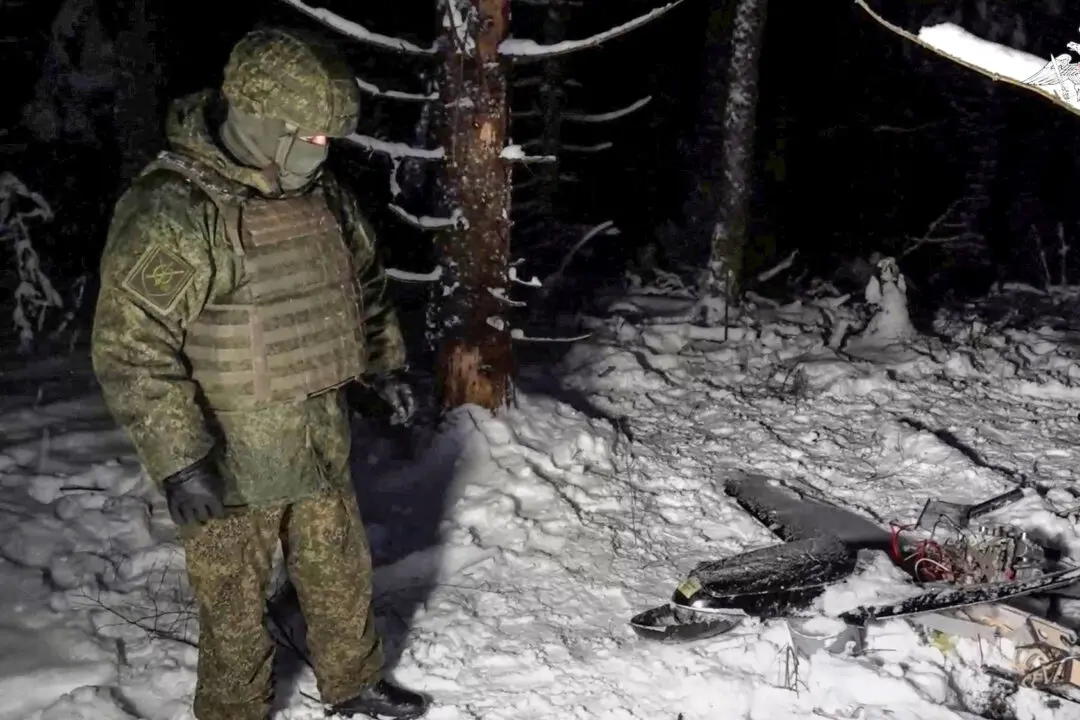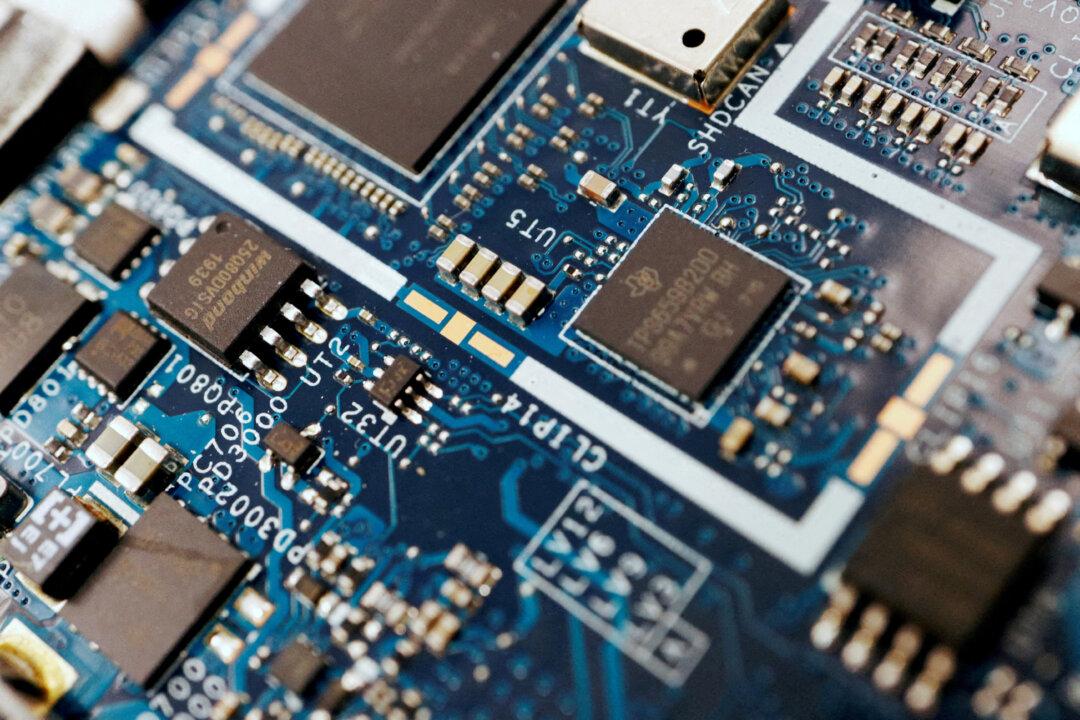Economists at JPMorgan, America’s biggest bank, said the severity of the pandemic would likely result in a 40 percent drop in the country’s gross domestic product (GDP) and lead to a jobless rate of 20 percent.
“With these data in hand we think the April jobs report could indicate about 25 million jobs lost since the March survey week, and an unemployment rate around 20 percent,” the analysts wrote, CNBC reported. “Given the expected hit to hours worked this quarter we now look for -40.0 percent annualized real GDP growth in 2Q, down from -25.0 percent previously.”





